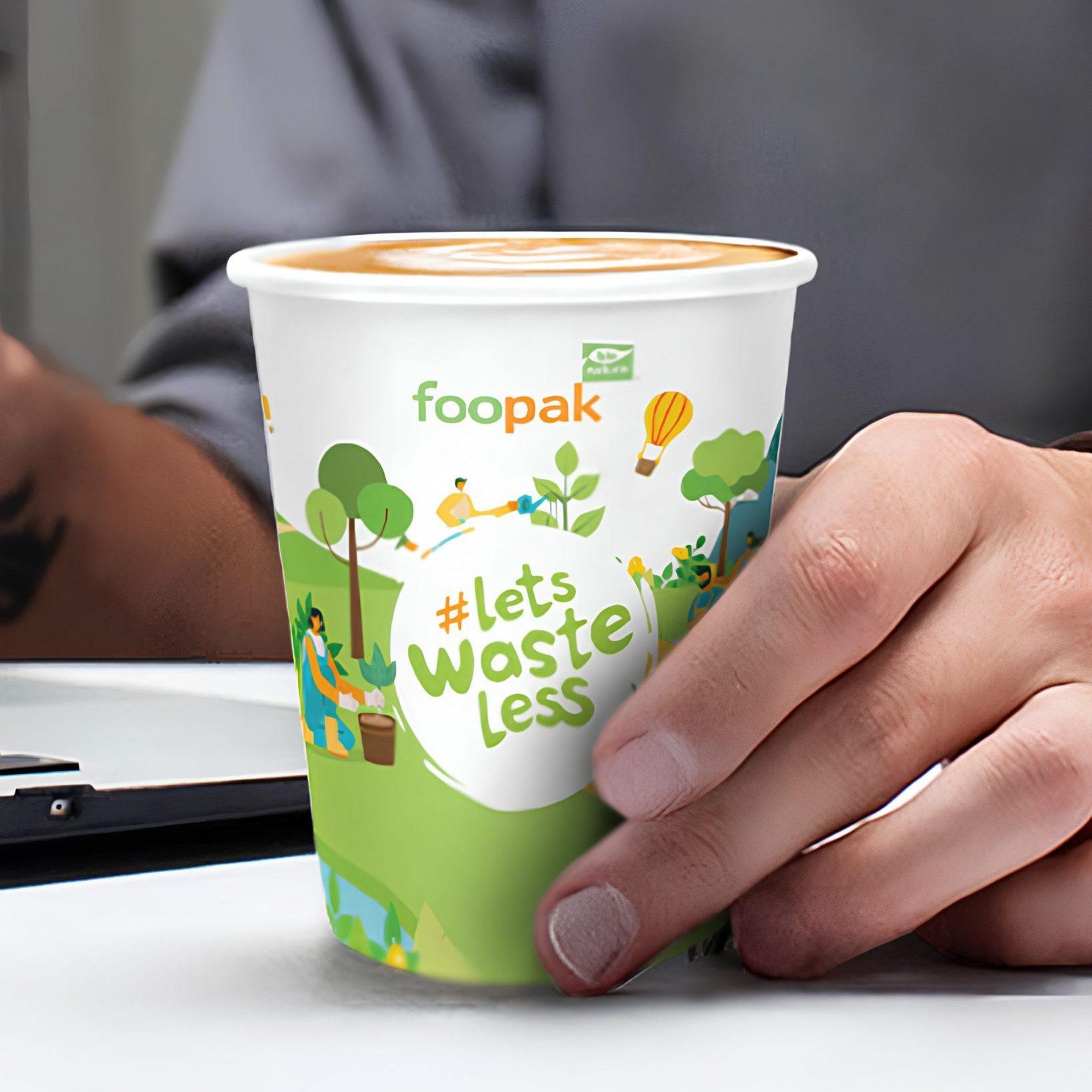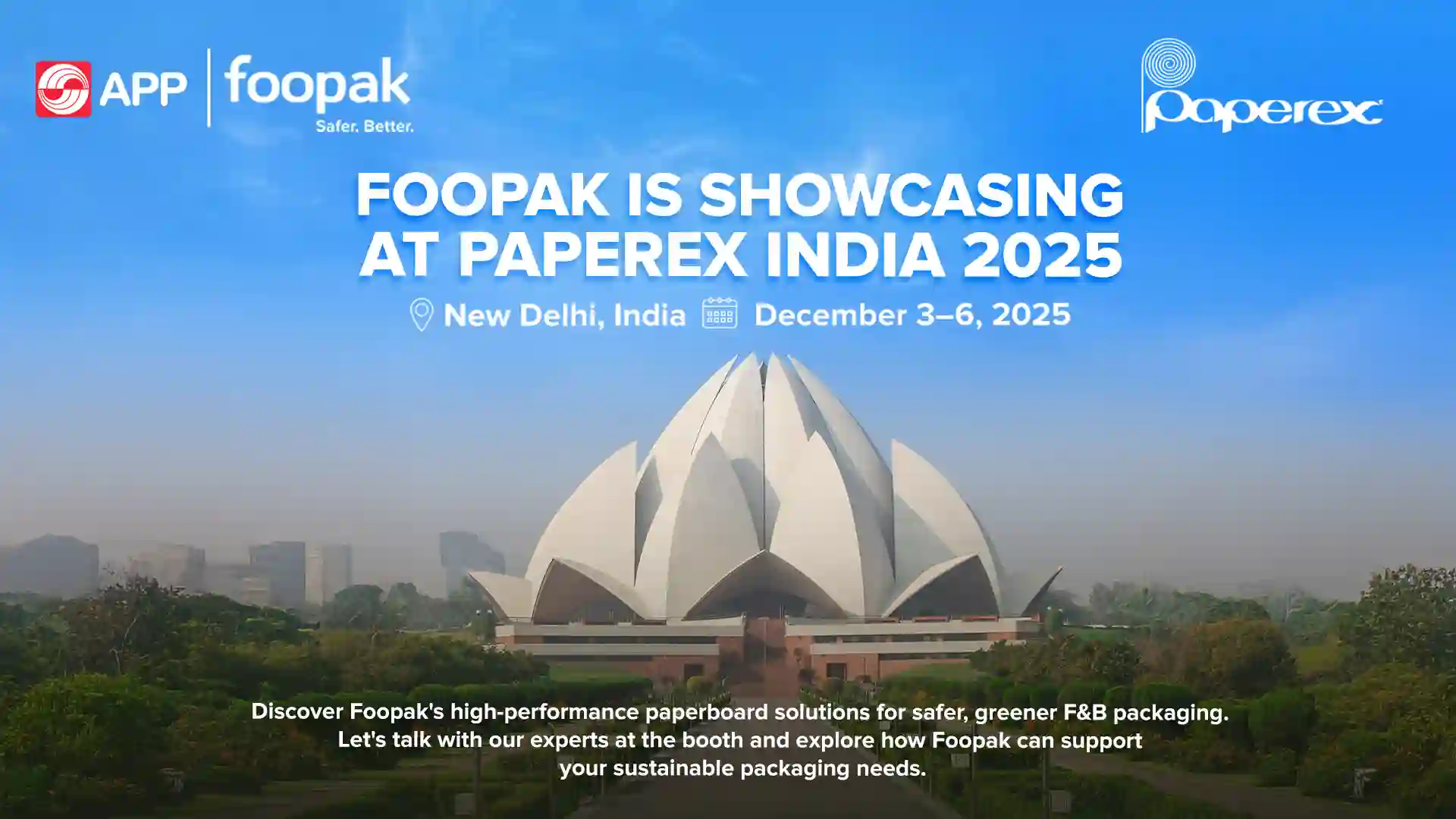As sustainability becomes a top priority in global supply chains, Extended Producer Responsibility (EPR) is rapidly gaining attention in the packaging industry. Countries around the world are tightening regulations, making EPR compliance no longer optional but essential for brands that want to stay relevant and responsible. So, what exactly is EPR, and how can packaging producers prepare?
What is EPR?
EPR stands for Extended Producer Responsibility, a policy approach where producers are given significant responsibility financially and/or physically for the treatment or disposal of post-consumer products. In the context of packaging, it means brands are increasingly being held accountable for the entire lifecycle of their packaging, from production to end-of-life recycling.
The goal is to reduce environmental impact, encourage eco-design, and shift waste management costs away from taxpayers to the companies that put packaging into the market.
In 2025 and beyond, more governments across Europe, Asia, and North America are introducing or tightening EPR regulations. For packaging producers, this puts the spotlight on design choices that make recycling easier and more efficient.
Read More: Learn the Implications of PPWR and How to Stay Compliant
Core Elements of EPR-Friendly Packaging

Designing with EPR in mind goes beyond sustainability, it’s about compliance and being ready for the future. Below are key packaging features that support EPR objectives.
1. Mono-material Construction
Using a single type of material, like 100% paperboard, makes recycling significantly easier. Unlike multi-layered packaging, which may combine plastic, foil, and paper, mono-material solutions eliminate the need for complex sorting and separation processes. This aligns directly with EPR goals of improving recyclability and reducing landfill waste.
2. Clear Labeling
Packaging that clearly communicates how to recycle it empowers consumers to dispose of it correctly. Whether through printed instructions, recognizable recycling symbols, or QR codes, transparency is key. In fact, a 2024 survey found that 82% of consumers are more likely to recycle a product when clear recycling instructions are printed directly on the packaging, and 71% are more likely to trust sustainability claims displayed on the package.
3. Easy Separation Components
If packaging must include multiple materials such as lids, linings, or seals, the design should allow for easy manual or mechanical separation. This improves material recovery rates and aligns with EPR frameworks that emphasize the value of design-for-disassembly.
Read More: What the EU’s Single-Use Plastics Directive Means for Food and Beverage Companies
Foopak Paperboard’s Got Your Back on EPR
Ready to create sustainable packaging solutions together? Collaborate with Foopak and take the next step toward a greener future.
At Foopak, we treat sustainability as a core part of our business, not just a passing phrase. Our range of poly-coated and barrier paperboards is designed to help brands stay ahead of EPR regulations without compromising on functionality or visual appeal.
Many Foopak products are made from 100% virgin pulp, eliminating the need for plastic or foil layers. We also support brands with design and printing options to enhance consumer understanding and labeling. With lightweight, flexible designs, Foopak paperboard is easy to handle, store, and recycle meeting both consumer and regulatory expectations.
As EPR regulations continue to evolve, Foopak remains committed to innovation, compliance, and supporting brands in their journey toward circular packaging.


